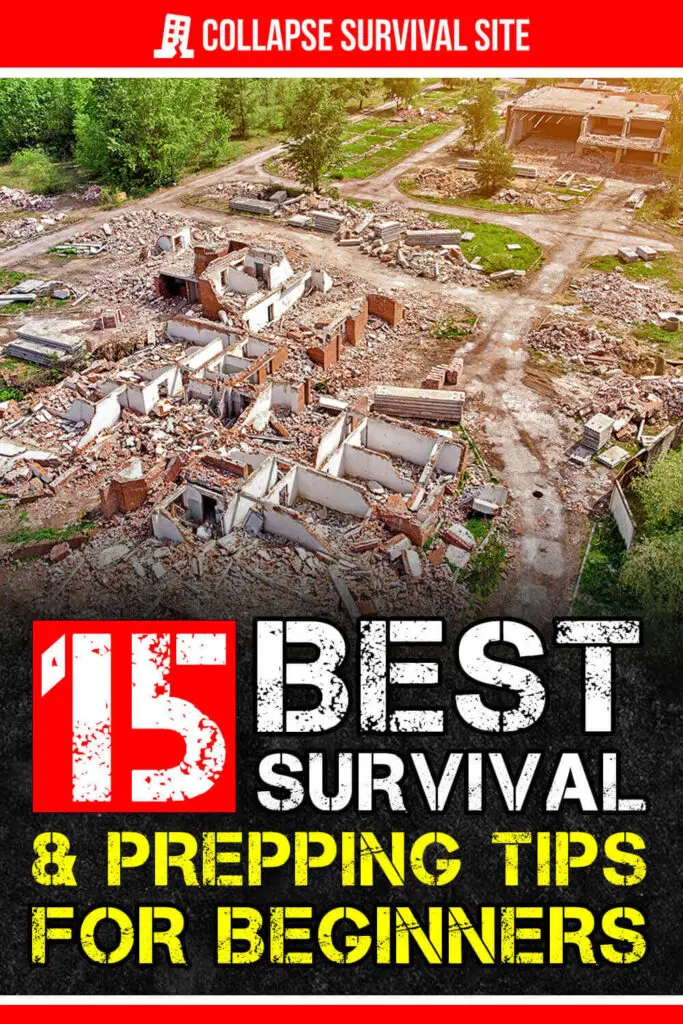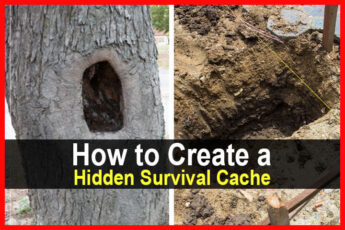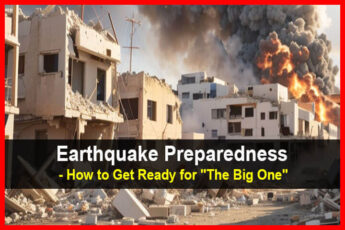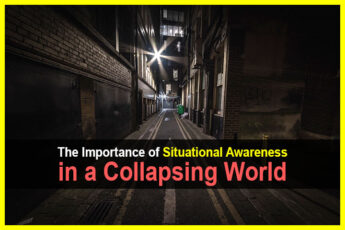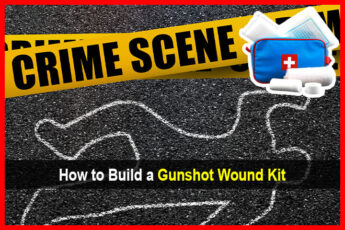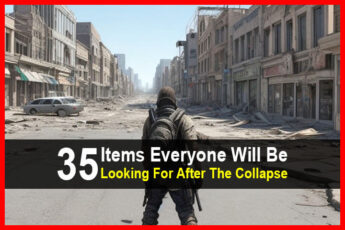Estimated reading time: 13 minutes
Getting started as a prepper can be challenging, to say the least. There’s so much to learn and so much to do that it’s hard to figure out where to start. Worse than that, not all the information you run across about prepping and survival can be counted on. As with anything else, there are people who know what they’re talking about and people who talk about more than they know.
The prepping and survival market niche has grown immensely in the last 12 years or so. If we go back a few decades, about the only “survival gear” you could find was a wire saw and a rescue blanket. Everything else that survivalists used was actually backpacking gear.
The massive number of new products has been a great boon for preppers and survivalists, but it also put so many new products on the market that it’s hard to figure out what to get. It's easy to get sidetracked on collecting all the cool gear, before we even know what we actually need.
Then there’s food. Back when I started out as a survivalist, there was no such thing as prepacked survival food. Oh, you could buy freeze-dried food for backpacking; but not only was that expensive, the selection was very limited. Trying to buy enough of it to build a prepping stockpile would have cost a small fortune.
What this all boils down to is a lot of confusion for people who are just getting started in prepping and survival. Many beginners end up spending a lot of money and making a lot of mistakes. It would be nice to avoid those mistakes and the associated cost. Prepping is expensive enough without wasting money on things you don’t really need.
Had I known when I started, the lessons I’ve learned through the years, I probably would have saved a lot of time and money. Since it’s too late for that, at least I can try and help you avoid making the same mistakes I did.
Want to save this post for later? Click Here to Pin It On Pinterest!
Concentrate on Your Survival Priorities
It's very easy to get sidetracked when preparing to survive. Some topics are simply more interesting than others. However, if you haven’t taken care of the basics, those things aren’t going to matter.
For example, how many solar panels you have and how much power they produce won’t make a difference if you don’t have a means of purifying water. You’ll end up dying from dysentery, leaving your solar panels to someone else.
The three basic survival priorities are: heat, clean water and food. Although it is not included in there, fire starting is critical, as it can be used for all three. Make sure you can start a fire in any conditions, including in the middle of a storm. Then work on the second-level needs of first aid and self-defense. Once those are going well, it’s time to expand out into other areas.
This isn’t to say that you can’t buy a solar panel before having a first-aid kit; just that you should follow the basic survival priorities as your overall plan. Don’t allow advertising to sidetrack you into areas that might be good, in place of taking care of those that are really important.
Spend as Much Time on Learning as Doing
There’s a tendency to think of prepping as buying things and stockpiling. That’s true, but that’s not all that prepping is. If all you do is stockpile, you probably won’t know what to do when a disaster strikes. Yes, you’ll have food, but will you be able to take care of everything else you need to?
The truth is, knowledge trumps having gear and supplies every time. With enough knowledge, you can either make what you need or find something in nature that you can use. That stockpile is useful, but it won’t help you start a fire or build a shelter, if you don’t know how.
There are literally countless survival skills that you can study. Start out with the basics, learning what you need to know in order to deal with your survival priorities. As you learn more, branch out into learning useful skills for living in a post-disaster world. Everything you learn is going to be useful sometime, even if it isn’t for survival.
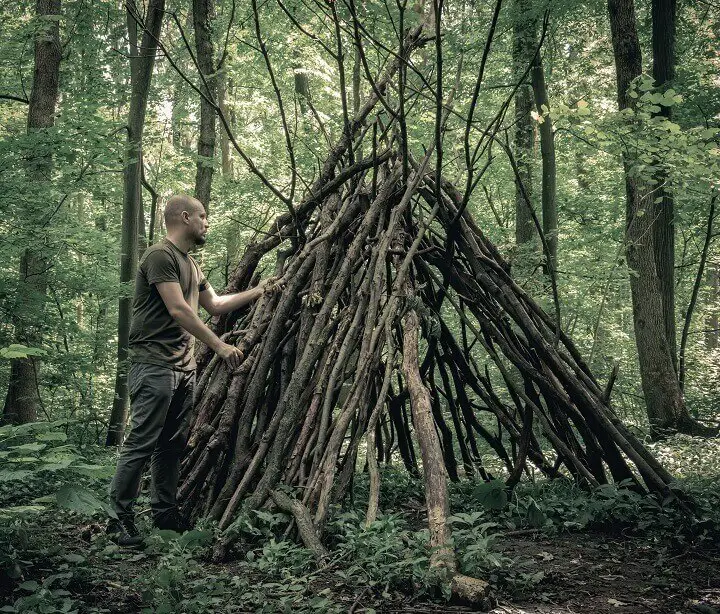
Don’t Go Gear Crazy
One of the easiest things to do is to go gear crazy. I’ve been at this a lot of years and I still have to fight that temptation. The truth is that there’s more gear out there than ever before. That means you’re much more likely to find what you need, but it also means that you’re likely to find things you don’t need but think you do.
The key to buying the right gear is to wait. Figure out what you need, then go looking for the best piece of equipment to do that job. That’s much more likely to get you what you need, than buying something because it looks cool or the advertising convinces you that it’s what you need.
Some pieces of equipment require some experience and experimentation before you can decide what’s going to work best for you. One such example is holsters. Most people who carry a gun have a drawer full of holsters they’ve tried and found wanting.
Get to know the people at any local stores you buy gear at. They not only can advise you, but if there’s any way possible, they’ll let you try things out in the store before you buy.
Buy Quality Gear
Another advantage of waiting to buy gear is that it allows you to save up for good equipment. There’s a lot of low-cost gear out there—gear that’s not made as well as some of the more expensive stuff.
Of course, just because something is expensive, doesn’t mean its good. Find out what brands have a good reputation, then take a look at how well they are built. Your life is going to depend on that equipment, so make sure you buy things you really can depend on.
Part of buying quality gear is understanding what part needs to be high quality. Knives, for example, are all about the quality of the steel used in making the blade. You can spend a lot of money on a knife that looks good but is made of low-quality steel.
When push comes to shove, that low-quality steel won’t hold an edge and might even break. “Survival knives” that have a lot of “extras” on them are usually made of low-quality steel so that the manufacturer can afford to put on the extra whistles and bells.
Go Lightweight
When it comes to anything that is going to be involved with bugging out, weight is of extreme importance. A lot of people build their first bug out bag too heavy, not realizing how hard it is going to be to carry. A good bug out bag shouldn’t weigh more than about 30 pounds. That’s hard to do and requires buying ultralight everything.
The backpacking community has spent years developing equipment that is ultralight, from tarps to sleeping bags. That’s a good place to start looking. But don’t limit yourself just to that; there’s a lot of other good equipment out there, which isn’t made for backpacking.
For example, the best rain ponchos you can buy are made of rip-stop nylon, rather than plastic, and are actually made for biking, not hiking.
Test Everything
Anything you buy should be thoroughly tested by you. Not only will testing it allow you to determine how good it is, it will also help you determine whether you can actually use it or not. We’re dealing with a whole new set of skills here, and you’ll be doing things you’re not accustomed to.
Testing doesn’t just apply to your gear; it applies to your plans as well. Do dry runs of things like your bug out plan, living in the wild, and living at home without electricity or water. You can think it all through, and you should, but until you try it, you really won't know what you're doing.
Much more depends on your survival ability than your gear and supplies. Testing yourself and your plans gives you the opportunity to see just how well you and your family will do. That can be a great confidence builder when you get it right, but it can also show where you need more work.
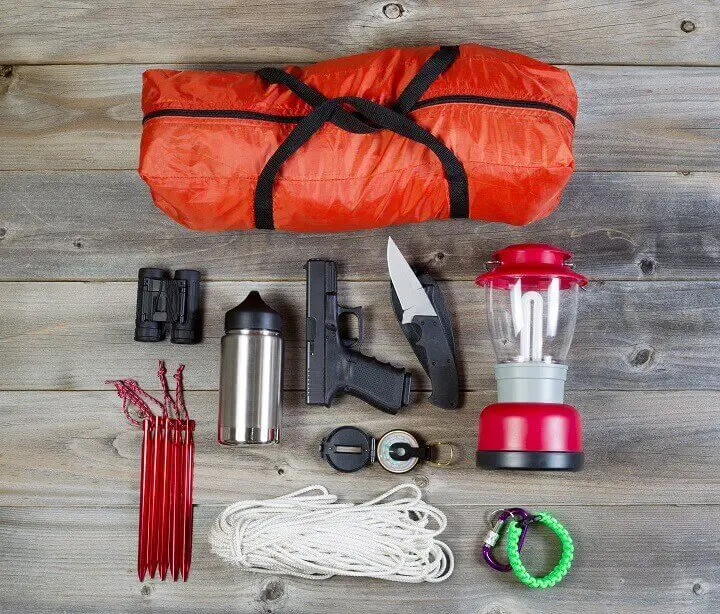
“Tacticool” isn’t Practical
There’s a lot in the prepping world that’s “tacticool.” This is tactical gear, which we think looks cool. I’ve got plenty of it myself, especially cargo pants, which are my daily attire.
There’s just one thing… in a disaster, wearing those tactical pants, boots, and vest, while carrying that tactical backpack and loaded down with guns makes you look like a survivalist. In other words, someone who has the gear that everyone else needs. That can make you a target.
The same thing applies to your vehicle. Yeah, having the coolest four-wheel-drive vehicle with racks on it, super-sized mud tires, spare gas cans mounted on racks, and a snorkel for fording streams looks cool and might even be useful; but it also attracts the wrong kind of attention. You’re better off in something that nobody will notice, even if you can’t ford a stream in it.
The other problem with all that tactical clothing and gear is that it's heavy. A backpacking backpack weighs about a fourth of what a tactical one does and has more space to boot. That pound or two may not seem like much, but when you add all those pounds up, it makes a huge difference in how far you can walk.
Don’t Get Trapped by Ideal Scenarios
One of the easiest mistakes to make is thinking in terms of an “ideal” survival scenario. What I mean is starting out your scenario with everyone home, the cars full of gas, your bug out bags packed and all of you just waiting for the storm to hit. That’s not likely to happen.
Modern life is busy, so when that disaster strikes, your family is likely to be spread all over town; at work, at school, or at after-school activities. Your first problem isn’t going to be whether or not you need to bug out, but rather, getting everyone together at home. Make sure you plan for that, as well as planning how you’ll do that if none of the cars are running and there’s a storm.
Packaging Your Own Food is Cheaper
You’ve probably seen prepackaged survival food. There are a number of companies which produce it, usually packed in buckets. Using that food might be convenient, but it will be more expensive than packaging your own. You can provide better meals for your family, by stockpiling the necessary to make those dishes.
One of the critical things here is learning how to cook. That may seem simplistic, but a lot of people today don’t really know how to cook. Their cooking is limited to warming up prepared food or making a package of macaroni and cheese. When it comes to survival, you’re going to have to know how to cook whatever you can find.
A good starting point is to create a two or three week menu, including everything your family will eat during that time. Then, while you’re stockpiling that food, learn how to cook it.
Will you want bread? Then you’re going to have to bake it. Do you like your food well-seasoned? Then experiment with seasonings so you know what works well together. Don’t forget to put a large supply of those seasonings in your prepping stockpile.
Don’t Buy Food Your Family Won’t Eat
There are a lot of lists out there of what foods you should stockpile. Some of them are better than others. The one important thing I would say about any of them is don’t buy food your family won’t eat. Yes, you’re going to be eating things that you’re not accustomed to eating, but you don’t need the hassle of kids whining because they don’t like lentils.
As you’re building your stockpile and learning how to cook, take the time to develop your own collection of survival recipes. These might be recipes you find or they might be ones that you create yourself, using an existing recipe as a base. The idea is to have things that you can cook, out of the supplies you are stockpiling, that your family will actually eat.
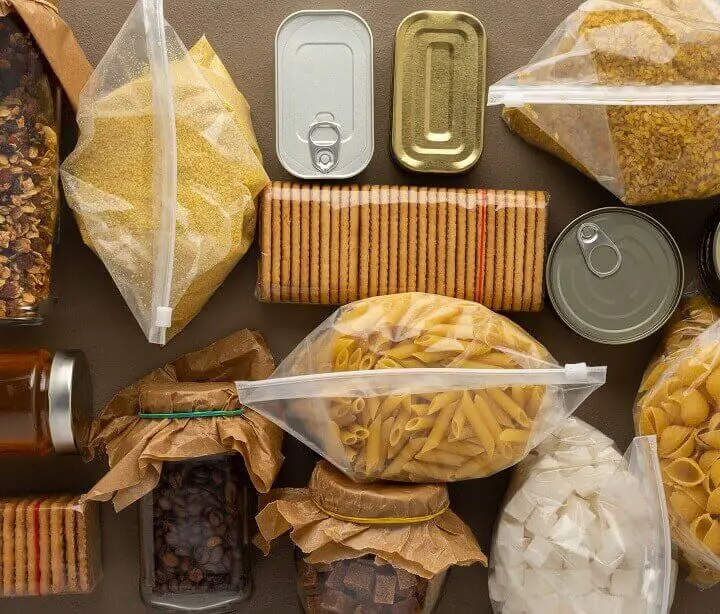
Don’t Store Water in Old Milk Jugs
A lot of people talk about storing water in old milk jugs. The problem with this is that it's almost impossible to get the old milk out of the jugs. You might think you have 200 gallons of water stored, but then, when you open the containers, you smell sour milk. Not good.
If you can, you’re better off storing your water in larger containers, like 55-gallon drums. That will give you more storage for the space and it will ultimately be easier to use. Add enough chlorine bleach to purify the water, before sealing it up, to ensure that no bacteria or other things grow in it.
Don’t Keep Everything at Home
You must have a cache of survival supplies somewhere besides your home. When the Camp Fire swept through Paradise, California in 2018, it burnt all 1,200 buildings to the ground.
The preppers who lived there didn’t end up in much better shape than those who weren’t preppers, as their supplies went up in smoke. The only supplies any of them might have had after the fire, were those they took with them and any they had stored outside of town.
There are lots of different scenarios where you may not be able to utilize your home or what’s inside it. If any of them were to happen, you need to have that cache of supplies available to you. The same cache of supplies will also be useful if you end up having to bug out.
Get in Shape
We’re facing an obesity epidemic in America today. A much higher percentage of us are overweight than is good for us. Not only that, but a lot of us who aren’t overweight are still out of shape. Siting at a desk all day working doesn’t exactly help us to keep our bodies toned and strong.
You might be an exercise nut, but if you’re not, it’s time to start getting some regular exercise. I’m not saying that you’ve got to look like Hugh Jackman playing the part of the Wolverine, but you need to be able to walk all day, carrying a pack. You also need to be able to swing an axe to cut down a tree or a maul to split wood for the fire. Most of us would find that hard to do.
Don’t Get in a Rush
It’s easy to become overwhelmed by the number of things that need to be done, in order to be fully prepared for a disaster. Looking at it as beginner, it might seem as if you’ll never get there. That causes some to give up, while it causes others to try and get it all done as fast as they can, pushing them to do everything at once.
The truth is, prepping takes both time and money. I’ve been at this for years, and I still find things I need to do. Don’t think of this as a destination; think of it as a journey. Everything you do will make your family a little more secure, increasing their chances of survival. Give yourself small goals to complete, rather than just looking at the big one.
And above all, don’t quit.
Like this post? Don't Forget to Pin It On Pinterest!
